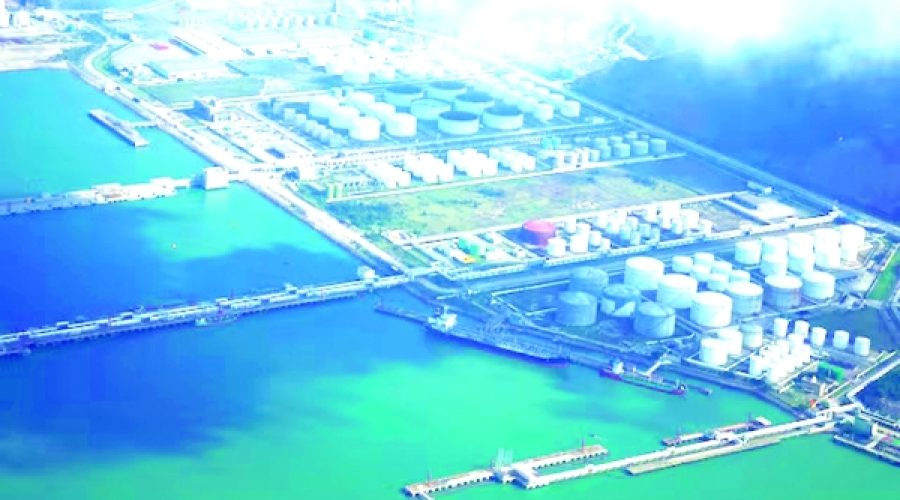Oil Prices Dip Amid U.S. Inventory Increase: Implications for Oman’s Energy Sector and Investors
Oil Prices Decline as U.S. Crude Inventories Rise
Oil prices fell on Thursday, continuing the trend from the previous day, following data indicating an increase in U.S. crude inventories. This development has heightened concerns about global supply exceeding current fuel demand.
Brent crude futures remained stable at $62.71 a barrel as of 0645 GMT, following a 3.8% drop on Wednesday. U.S. West Texas Intermediate (WTI) crude decreased by 3 cents to $58.46 a barrel, adding to a 4.2% decline from the prior session.
Market sources, referencing data from the American Petroleum Institute (API), reported that U.S. crude stockpiles rose by 1.3 million barrels for the week ending November 7. In contrast, gasoline and distillate inventories saw a decline.
Wednesday’s sharp price drop was influenced by a statement from the Organization of the Petroleum Exporting Countries (OPEC), which projected that global oil supplies are anticipated to slightly surpass demand in 2026, marking a departure from earlier forecasts of a potential deficit.
Suvro Sarkar, energy sector lead at DBS Bank, noted, “Recent weakness appears to be driven by OPEC’s revised supply-demand outlook for 2026, confirming that the group acknowledges a potential supply glut. This is a more accurate market assessment, suggesting that the market reaction has been exaggerated.”
OPEC attributed the surplus to increased production by its members, including Russia. Analysts have indicated that this revised outlook, coupled with rising U.S. inventories, has negatively impacted market sentiment.
The U.S. Energy Information Administration (EIA) is scheduled to release official inventory data later Thursday. In its latest report, the EIA stated that U.S. oil production is expected to reach record levels this year, exceeding previous forecasts, while global inventories are projected to grow through 2026, as production continues to outstrip demand.
Despite these bearish factors, analysts anticipate that prices may find support around current levels. Sarkar added, “There should be significant support for oil prices near $60 per barrel, particularly given the potential for short-term disruptions in Russian export flows once stricter sanctions are implemented.”
— Reuters
Special Analysis by Omanet | Navigate Oman’s Market
The recent decline in oil prices signals potential challenges for businesses in Oman, as the nation’s economy heavily relies on hydrocarbon revenues. However, this scenario also presents opportunities for diversification, pushing smart investors and entrepreneurs to explore alternative sectors such as renewable energy and technology. In light of anticipated surplus production over demand, it is crucial for stakeholders to strategically navigate investments, focusing on resilience and sustainability in an evolving market landscape.



